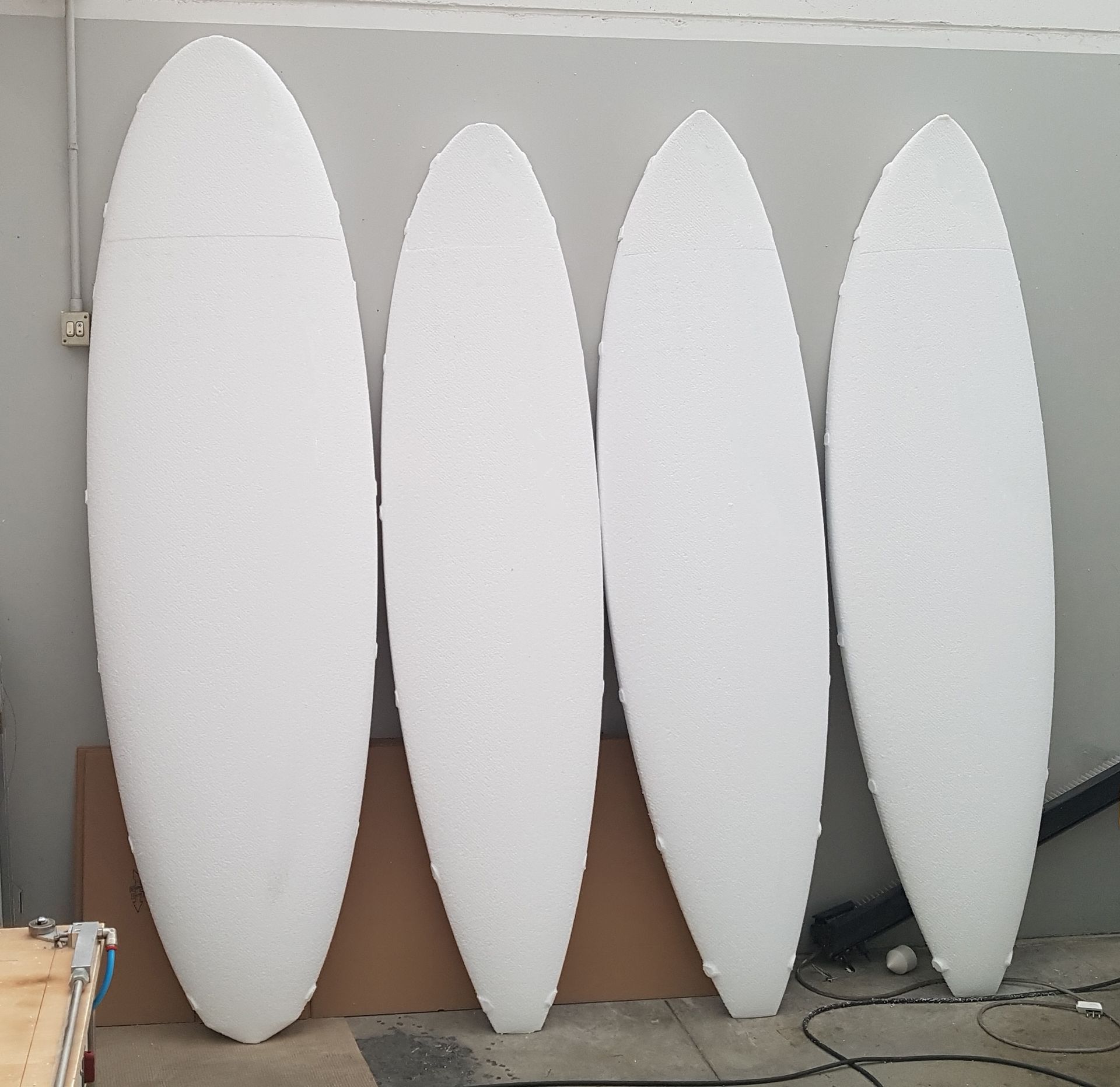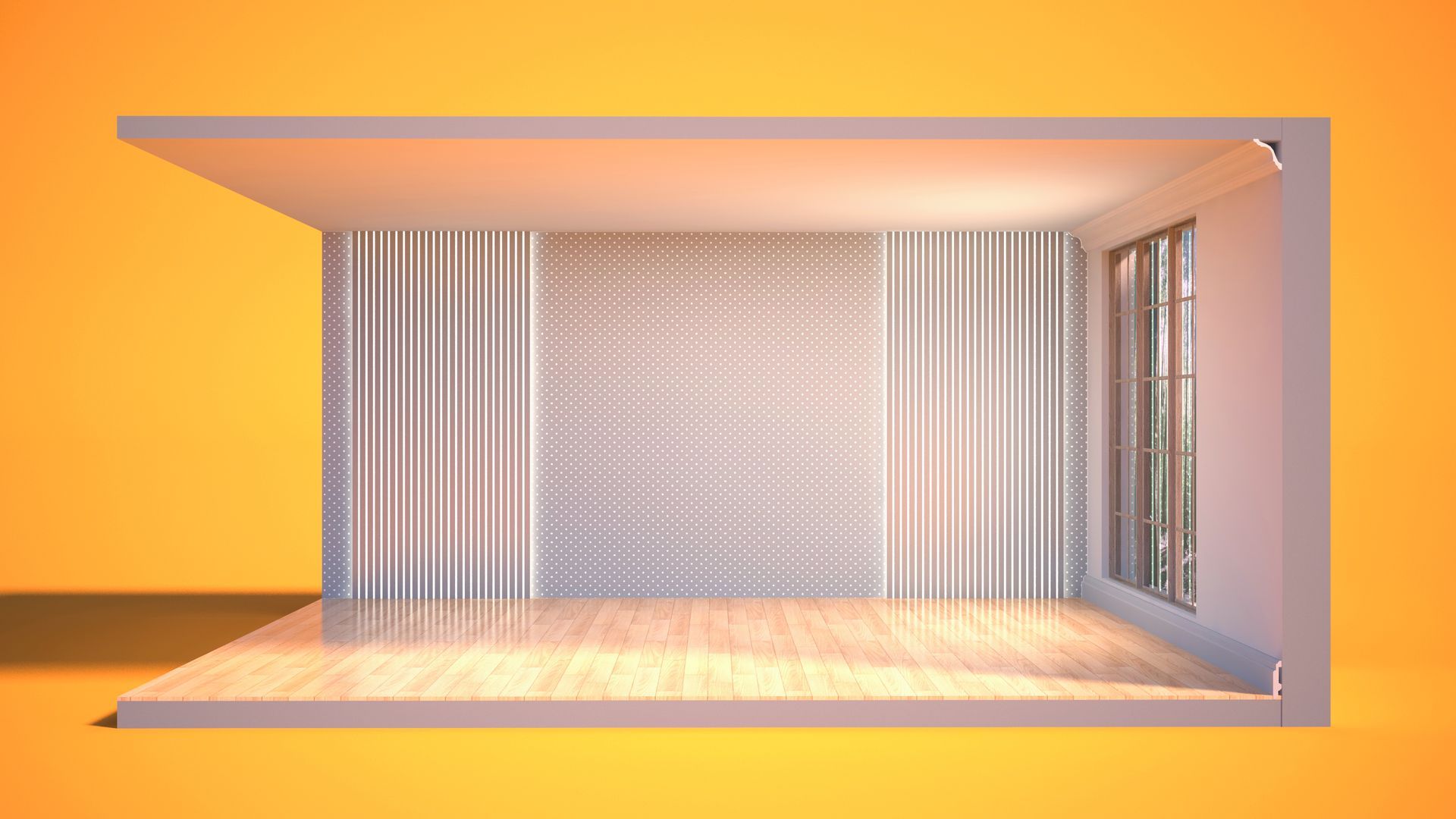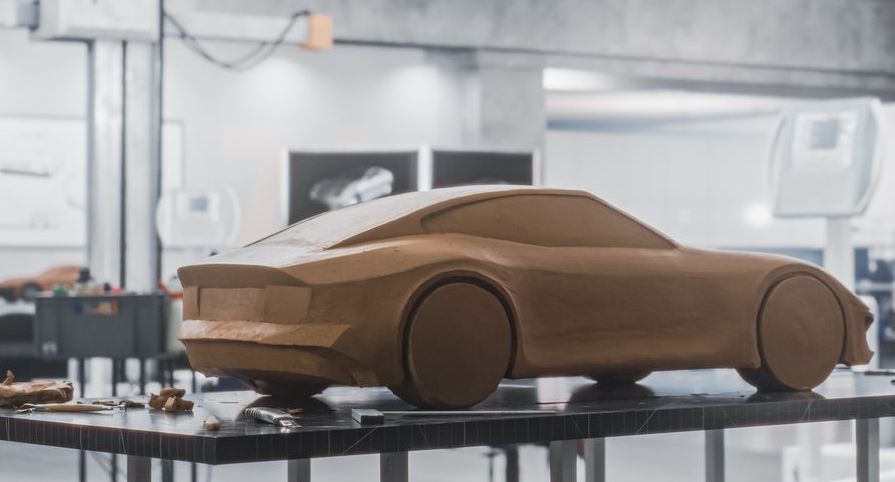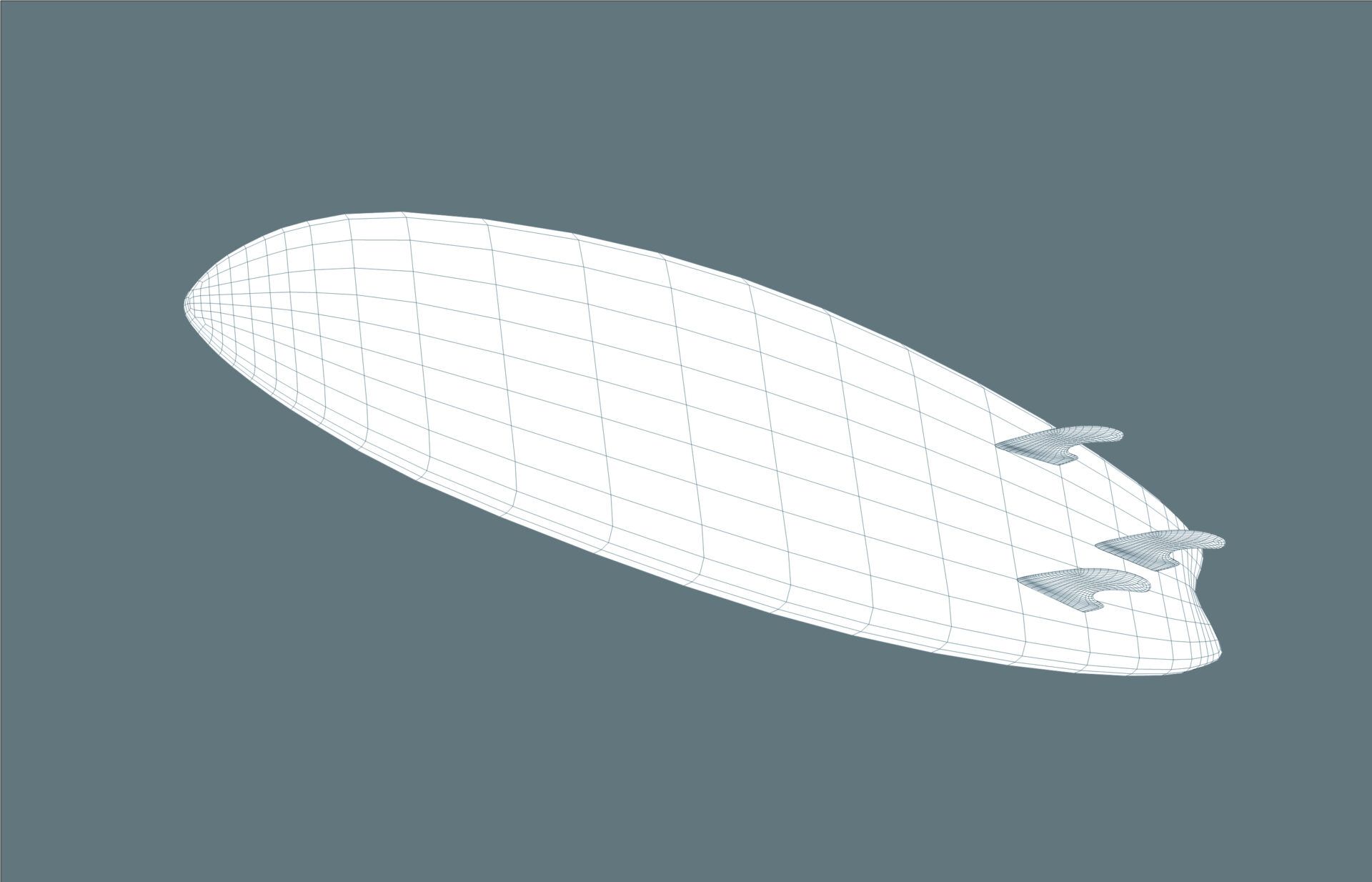Polystyrene Prototyping: From the Idea to the Real Model for Guaranteed Success
A fundamental process for testing, improving and validating projects in development
Custom Prototypes: The Solution to Optimize Your Project
From vision to concrete verification: the added value of a realistic model

Prototyping is the process of creating a model of a product or system under development. It can be a full-scale or small-scale model. The main goal is to test and evaluate the idea, verify feasibility, and identify improvements. It is also used to demonstrate a concept to customers or investors .
Waiting until production to uncover problems can be costly; opting for foam prototyping helps reveal bottlenecks and provides the opportunity to fix them at a lower cost.
Product Prototypes
We develop custom packaging to protect delicate or high-value products, adapting the shape and design to ensure safety and ease of transport.
Prototypes by interior design
For design and furniture items, we design polystyrene packaging that not only protects, but also enhances the product, making the opening experience pleasant and safe.
Prototypes for the automotive sector
We create customized packaging solutions for automotive components, which require robust and high-precision packaging to ensure integrity and safety during transportation.
Adapt the project
We have already touched on this aspect, but it deserves further investigation. The problems of a project are not always evident on paper or screen. By creating a prototype, it is possible to evaluate the product and identify aspects to improve, gathering more precise requirements and feedback from the market.
Adjust colors, textures and shapes
Now that you can see your product, what would you change to make it more marketable?
Improve product integrity
A prototype allows you to identify structural weaknesses of the product, solving problems and monitoring costs. It also highlights design unknowns, avoiding discoveries downstream.
Ensures quality
By testing the prototype, you can identify any problems that cause defects in the product. You can develop quality control methods and standards before starting full production.
Measure acceptable tolerance levels
This is the opportunity to decide whether any changes to the design can make the production process more economical.
Knowing the true cost of production
Prototypes help engineers understand how much material will be needed, helping them accurately quantify the true cost per unit to mass produce their product.
Finding efficiencies and savings
At this stage, you can carefully examine your processes and see if you can consolidate production steps to reduce labor, equipment, and raw material costs.
Editing tools
Once you have built your prototype, you may find that efficiencies can be gained by modifying your tooling and fixtures.
Making a more durable product
You will be able to assess whether you are using the right fasteners and other components to make a durable product.
Resolving conflicts
If your engineers disagree on the product design, prototyping helps them figure out which features work best and why. The result optimizes the design, providing the best possible product.
A variety of industries, including automotive, construction and electronics, regularly produce prototypes before going into full production of products.
These early prototypes, unfortunately, are often discarded for a variety of reasons, such as being impractical, difficult to mass produce, and not fully marketable.
However, in most cases, it is important to note that these prototypes tend to offer new innovative ideas and generate enthusiasm among both designers and potential consumers, acting as a stimulus for the decisive move to the production phase.
The experience gained during the prototyping phase can prove essential to improve final products, ensuring that they better meet market and consumer needs.

DO YOU HAVE AN IDEA, A PROTOTYPE TO MAKE OR DO YOU NEED CUSTOM PACKAGING ?
Don't miss the opportunity to have a free consultation with the best experts in the sector, highly qualified professionals who will be able to offer you support and guidance.
These experts are ready to share their skills and experience with you, helping you make a wise and informed choice for your future.
Take advantage of this unique opportunity and start building the foundations of your success!
Request information
Thank you for contacting us.
We will respond as soon as possible.
There was an error sending your message.
Please try again later.
P. Iva 00438060220
- Mon - Fri
- - -
- Saturday
- -
- Sunday
- Closed














